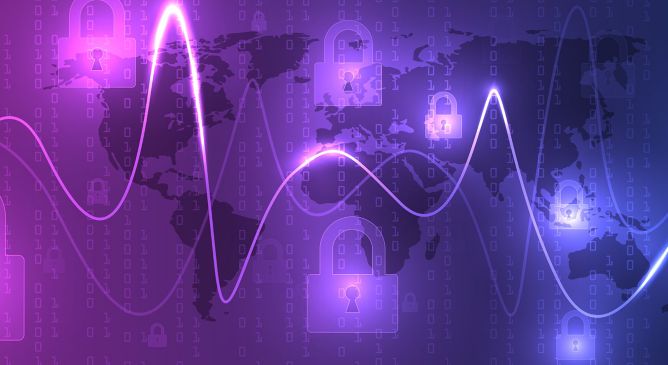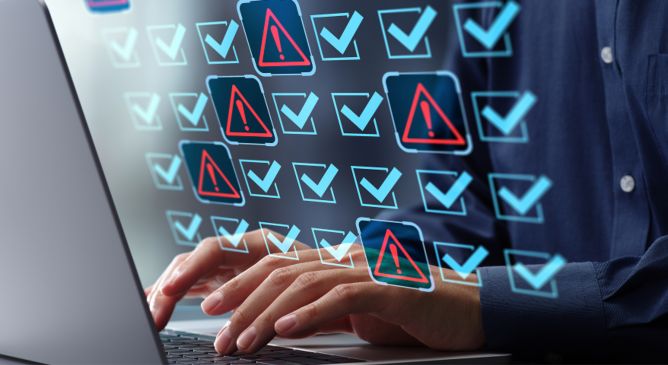

What Cyber Defenders Really Think About AI Risk
Learn how Trend Micro's 2025 Trend Micro Defenders Survey Report highlights current AI-related cybersecurity priorities and where security professionals use AI to their advantage.

In this post of THE AI BREACH, learn how your Chatbot can become a backdoor.


Learn how Trend Micro's 2025 Trend Micro Defenders Survey Report highlights current AI-related cybersecurity priorities and where security professionals use AI to their advantage.


Learn how to strategically tackle human risk for smarter prioritisation and lasting behavioural change.


Based on more than 3,000 responses from cybersecurity professionals in nearly 90 countries, our Trend Micro Defenders Survey Report 2025 shines a bright light on the current state of cyber risk management. From the impact of cloud and AI on IT environments to top technical and human challenges, this year’s findings have a lot to say about the pressures security teams are under and what organisations are doing to tighten their grip on cyber risk.


In November, a targeted spear-phishing campaign was observed using Trend Micro-themed lures against various industries, but this was quickly detected and thwarted by the Trend Vision One™ platform.


The integration between Trend Vision One and Security Hub CSPM is exactly that, two powerful platforms enhancing each other to keep your AWS infrastructure protected.


Enterprise 2025 introduces the first full cloud adversary emulation and expanded multi-platform testing, focusing on two advanced threat areas: Scattered Spider’s cloud-centric attacks and Mustang Panda’s long-term espionage operations.


CVE-2025-55182 is a CVSS 10.0 pre-authentication RCE affecting React Server Components. Amid the flood of fake proof-of-concept exploits, scanners, exploits, and widespread misconceptions, this technical analysis intends to cut through the noise.


By Christina Decker, Director Strategic Channels Europe, Trend Micro


In this blog entry, Trend™ Research provides a comprehensive breakdown of GhostPenguin, a previously undocumented Linux backdoor with low detection rates that was discovered through AI-powered threat hunting and in-depth malware analysis.


CVE-2025-55182 is a critical (CVSS 10.0) pre-authentication remote code execution vulnerability affecting React Server Components used in React.js, Next.js, and related frameworks (see the context section for a more exhaustive list of affected frameworks).